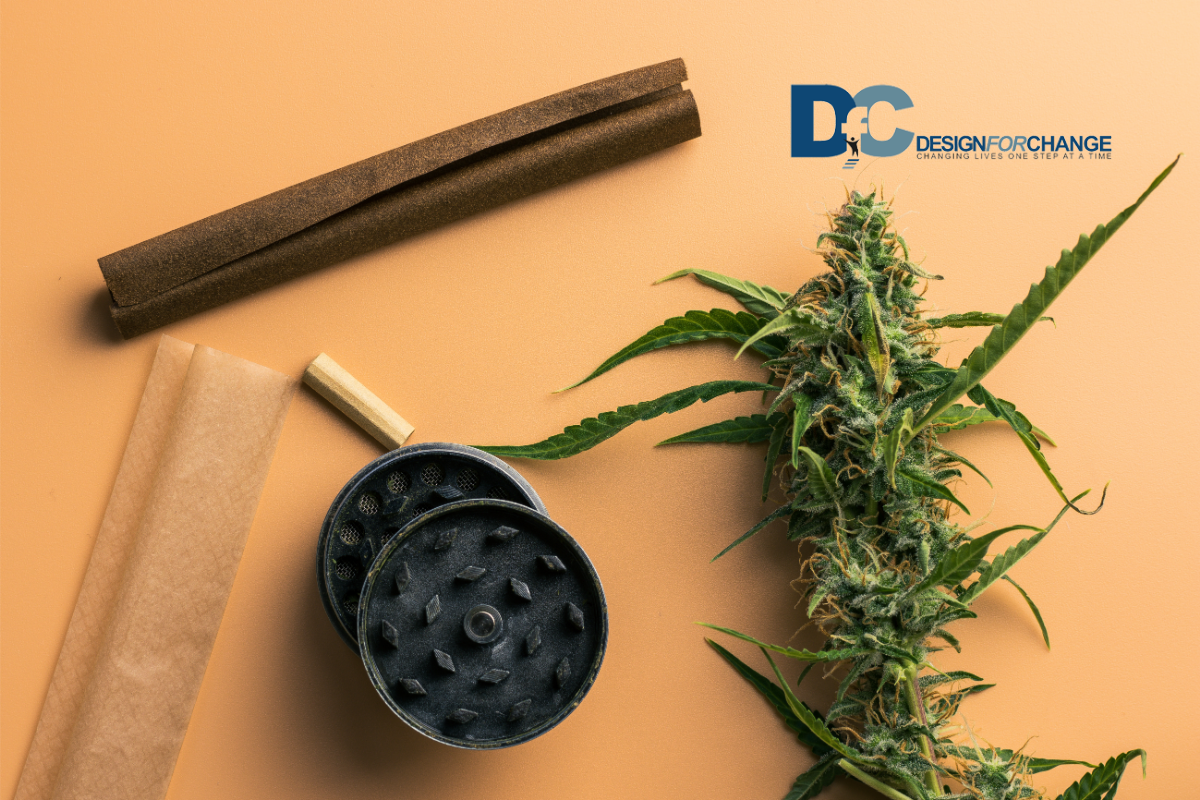By: Design for Change
Categories:
Will Daily Marijuana Use Surpass Daily Alcohol Use?
You are here:Daily marijuana use may soon outpace daily alcohol use. Due to the legalization of medical and recreational marijuana in many states, the rates of use and addiction have soared.
The reasons for increased marijuana use may also be due to the increased potency of today’s marijuana. Since 1995, the THC level in marijuana rose from 4% to 15% in 2021. That’s a significant jump in potency that may have contributed to increased consumption.
What the Statistics Reveal
Although alcohol in America remains high, marijuana use has surpassed high-intensity drinking. NSDUH research from 2022 shows that 17.7 million people reported daily or near-daily marijuana use compared to 14.7 daily or near-daily alcohol drinkers.
Since 2020, marijuana sales among Generation Z women have more than doubled. Among young people aged 18 to 24, about 69 percent of them prefer marijuana to alcohol.
What caused the dramatic increase in marijuana use in recent years?
A Dramatic Increase in Marijuana Use
Since the legalization of recreational marijuana in 24 states, the DEA is considering proposals to reclassify the substance. Under the Controlled Substances Act (CSA), marijuana is currently a Schedule 1 controlled substance. This classification means that the drug has no currently accepted medical use and a high potential for abuse.
The 24 states where marijuana is legal for recreational or medical use are: Alaska, Arizona, California, Colorado, Connecticut, Delaware, Illinois, Maine, Maryland, Massachusetts, Michigan, Minnesota, Missouri, Montana, Nevada, New Jersey, New Mexico, New York, Ohio, Oregon, Rhode Island, Vermont, Virginia, and Washington. It is also legal in Washington, D.C.
A Schedule III classification allows for more research and regulated access. Under the CSA, a Schedule III drug has a currently accepted medical use, and meets criteria for potential marijuana abuse or dependence.
Of course, reclassifying marijuana does not make it legal in states where it is still illegal. However, it is a historical change that may give state lawmakers a different viewpoint on supporting the bill. The hearing for rescheduling marijuana was postponed on January 13, 2025. We must wait to see what the Trump administration will do about the proposal.
What Is High-Frequency Marijuana Use?
Heavy or high-frequency marijuana use means daily or near-daily use. The long-term effects of daily marijuana (cannabis) use are associated with cognitive impairment and a mental disorder or illness that can interfere with daily functioning. The disorder can be a single episode, continual, or a recurring pattern. The symptoms affect how a person thinks, feels, behaves, or feels.
Is Marijuana Addictive?
Regular marijuana use causes changes in the brain that perpetuate the cycle of addiction, according to the NIH National Library of Medicine. For instance, stages of addiction include:
- Binge/intoxication stage: Compulsive drug seeking and use.
- Preoccupation/anticipation stage: Inability to control or limit use.
- Withdrawal/Negative Effect Stage: Negative emotional state when marijuana is withheld.
Marijuana withdrawal symptoms may include, but are not limited to::
Psychological symptoms:
- Irritability, aggression, anger
- Nervousness, anxiety
- Restlessness, difficulty sleeping
- Decreased appetite, weight loss
- Depression
Physical symptoms:
- Headache
- Chills, fever, sweating
- Shakiness, tremors
The withdrawal symptoms typically occur about one or two days after a binge of heavy marijuana use. They can last between seven to fourteen days.
The American Society of Addiction (ASAM) defines addiction as:
“Addiction is a treatable, chronic medical disease involving complex interactions among brain circuits, genetics, the environment, and an individual’s life experiences. People with addiction use substances or engage in behaviors that become compulsive and often continue despite harmful consequences. “
Heavy marijuana use can lead to symptoms that meet the criteria for addiction listed in the definition of addiction. Warning signs of marijuana addiction include a lessened ability to perform daily tasks, panic attacks, high heart rate, reduced cognitive functioning, respiratory problems, and anxiety.
Stop High-Frequency Marijuana Use with Help from Design for Change Recovery
Design for Change Recovery provides a full continuum of care for marijuana treatment. Our program includes outpatient or inpatient short-term or long-term plans. We also provide evidence-based holistic therapies to help our clients not only stop using but maintain sobriety for a lifetime.
Our facility is fully licensed and JCAHO-accredited to ensure the highest level of care for our clients. We are in-network with major insurance companies to help individuals get the best treatment for their unique needs.
We offer a range of treatment options such as:
- Detoxification
- Cognitive-Behavioral Therapy
- Dialectical Behavioral Therapy
- Medication-Assisted Treatment
- Group and Individual Counseling
- Dual-Diagnosis Treatment
- Motivational Interviewing
- Psychodrama Therapy
- Bio-Sound Therapy
- Experiential Therapy
- Music and Art Therapy
- Mindfulness and Meditation
- Nutritional Education
- Relapse Prevention Strategies
- Family Therapy
- Aftercare Services
Contact our Lancaster, CA facility to learn more about our unique approach to marijuana treatment. One of our advisors will be available to help you create your personalized treatment plan.
Sources:
cbsnews.com/ – Cannabis Is In and Alcohol is Out. Is Gen Z Driving the Change in Preference?
dea.gov/ – Drug Scheduling
dea.gov/ – DEA to Hold Hearing on the Rescheduling of Marijuana
cbsnews.com/ – Maps Show States Where Weed is Legal for Recreational, Medical Use in 2024
pmc.ncbi.nlm.nih.gov/ – Heavy Cannabis Use, Dependence and the Brain: A Clinical Perspective
pmc.ncbi.nlm.nih.gov/ – Cannabis Addiction and the Brain: A Review


